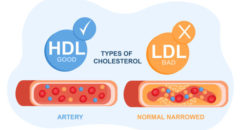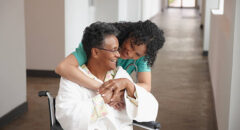stroke. All of the participants were followed for an average of about 4.5 years.
After accounting for other factors that could influence the risk of death (such as age and smoking), the researchers found that 25 percent of the stroke survivors and six percent of those who’d never had a stroke died from any cause during follow-up.
Among the stroke survivors, 15 percent of the people who exercised at least the equivalent of three to four hours of walking each week died, compared to 33 percent of those who didn’t get at least that much exercise, Joundi’s group reports.
The bottom line: “Our results suggest that getting a minimum amount of physical activity may reduce long-term mortality from any cause in stroke survivors,” Joundi shares.
“Our results are exciting, because just three to four hours a week of walking was associated with big reductions in mortality, and that may be attainable for many community members with prior stroke,” he adds. “In addition, we found people achieved even greater benefit with walking six to seven hours per week. These results might have implications for guidelines for stroke survivors in the future.”
READ: 10 Ways to Stop a Stroke in Its Tracks
One other expert noted that although the study couldn’t prove cause and effect, there was a “dose-dependent” trend in the findings: As the amount of exercise rose, the risk of dying during the study period fell.
“This study is important because it establishes a dose-dependent response between physical activity and mortality,” Dr. Salman Azhar, who directs the stroke program at Lenox Hill Hospital in New York City says.
Azhar stresses that stroke survivors’ ability to be mobile and exercise of course varies greatly from patient to patient. He notes that many patients who had “functional difficulties,” other illnesses, financial issues or a lack of family support did not provide information in the study on just how much activity they engaged in each day.
“This is the very group that would tend to have less physical activity and have a higher risk of dying,” Azhar adds.
So, he says, “the challenge remaining is how to overcome the obstacles to increase physical activity in stroke survivors in the community, especially when resources are limited, and [other illnesses] exist.”
If you are unsure of how exercise may affect your condition, consult with your doctor. You can also work with a physical trainer to come up with different ways to get walking or try other exercises that may be safe for your condition.








